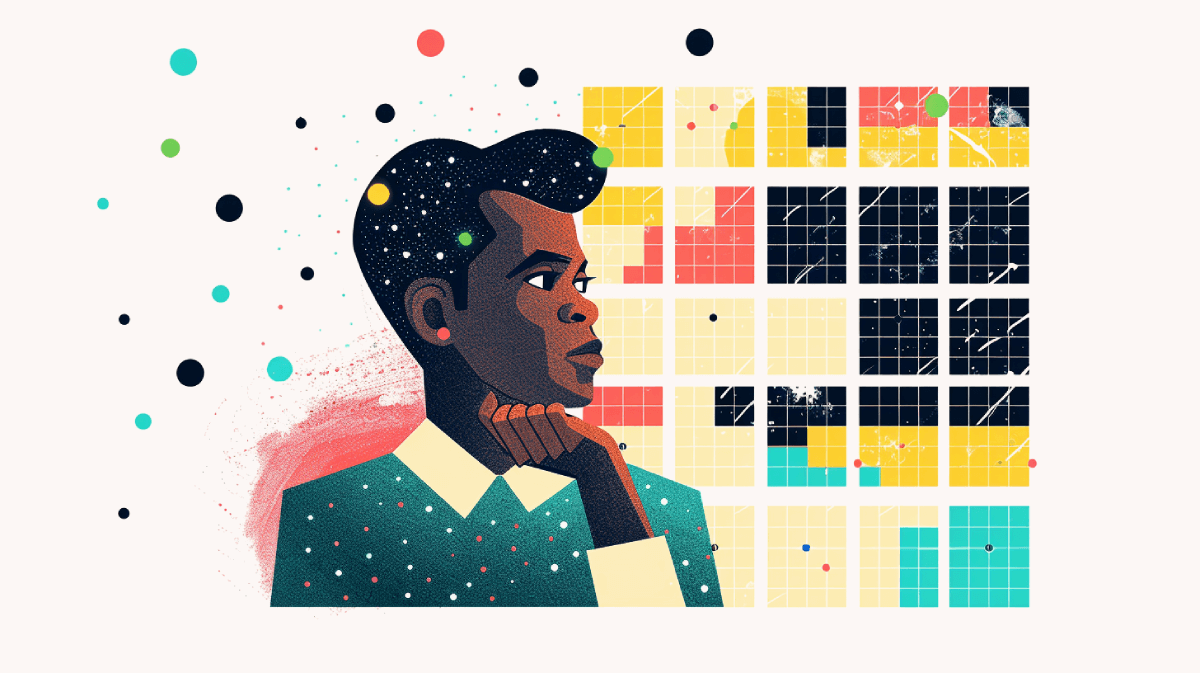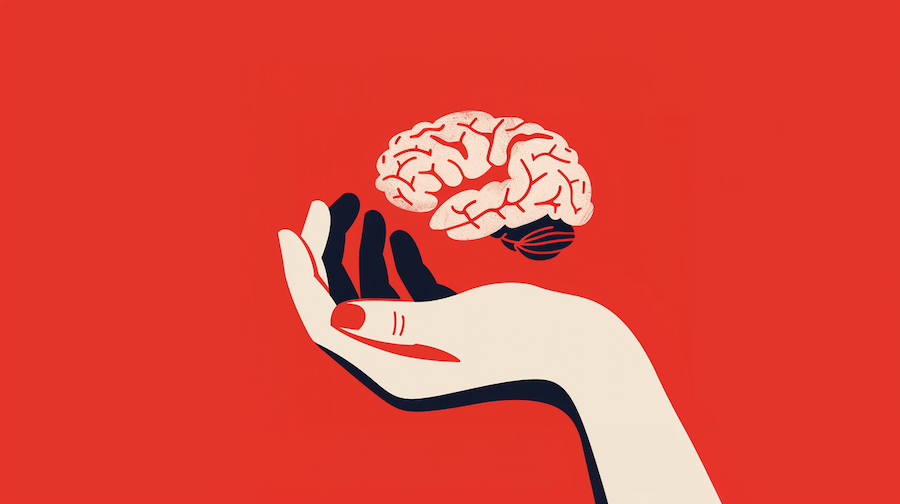Maslow’s hierarchy of needs, explained
As a manager or HR professional, understanding what motivates people is key to creating a thriving workplace. Maslow’s Hierarchy of Needs is a psychological theory that can provide valuable insights into human motivation.
Let's explore this concept – and how it can be applied in your day-to-day work life.
What is Maslow’s hierarchy of needs?
Maslow's theory suggests that our human needs can be organised into a clear hierarchy, often depicted as a triangle or pyramid.
Click the hierarchy diagram for a high-resolution version.
From bottom to top, the levels are:
Physiological needs (food, water, shelter, rest)
Safety needs (security, stability, freedom from fear)
Social and belonging needs (friendship, intimacy, acceptance)
Esteem needs (respect, recognition, status)
Self-actualisation needs (achieving one's full potential, creativity)
The key idea, from the originator Abraham Maslow, is that lower-level needs must be satisfied before higher-level needs can become motivators. For example, if someone is struggling to put food on the table, they're unlikely to be focused on gaining recognition at work.
Applying Maslow’s hierarchy of needs at work
So how does this theory translate to the workplace? Here are a few ways:
Ensuring basic needs are met
Provide fair compensation and benefits that allow employees to meet their physiological and safety needs.
Create a physically and psychologically safe work environment and foster job security.
Fostering belonging and esteem
Build an inclusive culture where everyone feels accepted and valued.
Recognise employees' contributions and provide opportunities for growth and advancement.
Encourage strong relationships and teamwork among coworkers.
Supporting self-actualization
Give employees autonomy and opportunities to be creative and innovative.
Provide challenging work that allows people to learn, grow, and reach their full potential.
Align work with employees' personal values and passions.
As a manager, you can use Maslow's Hierarchy to diagnose motivational issues.
If an employee seems disengaged, consider whether their lower-level needs are being met. Are they feeling secure in their job? Do they feel like part of the team? Addressing these foundational needs can free them up to focus on higher-level aspirations.
Nuances and critiques of Maslow’s hierarchy of needs
While Maslow's Hierarchy is a helpful framework, it's not without its limitations:
The hierarchy isn't as rigid as it's often portrayed. People can be motivated by higher-level needs even when lower-level needs aren't fully met. For instance, sometimes people are willing to endure physiological discomfort to of discomfort to pursue a higher goal, or risk their safety to protect their social status.
The theory doesn't account for individual differences. Some people may prioritize needs differently based on their values and experiences. Personality-based models like social styles and or Belbin team roles capture a broader array of motivators, such as harmony, order, triumph and excitement.
The hierarchy reflects an individualistic view and may not fully capture motivation in collectivistic cultures.
It's also important not to oversimplify. Motivation is complex, and Maslow's Hierarchy is just one piece of the puzzle. Other factors, like life stage and culture, also play a role.
Maslow’s hierarchy and beyond
Despite its limitations, Maslow's Hierarchy provides a valuable starting point for understanding motivation. Use it as a lens for considering employees' needs, but don't treat it as dogma. Complement it with other frameworks and a deep understanding of your unique team members.
Ultimately, creating a workplace where people can thrive requires attending to the full spectrum of human needs. When you create an environment of psychological safety, belonging, and growth, you unlock people's potential to do their best work.
By understanding Maslow's Hierarchy, you can be a more effective manager, coach, and communicator. You'll be better equipped to motivate your team, navigate difficult conversations, and build a culture of engagement and well-being. And that's a key part of being a successful leader in today's workplace.






